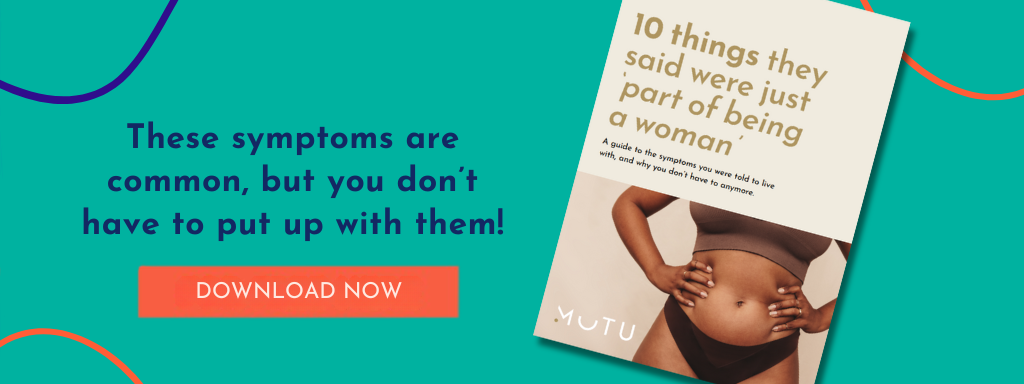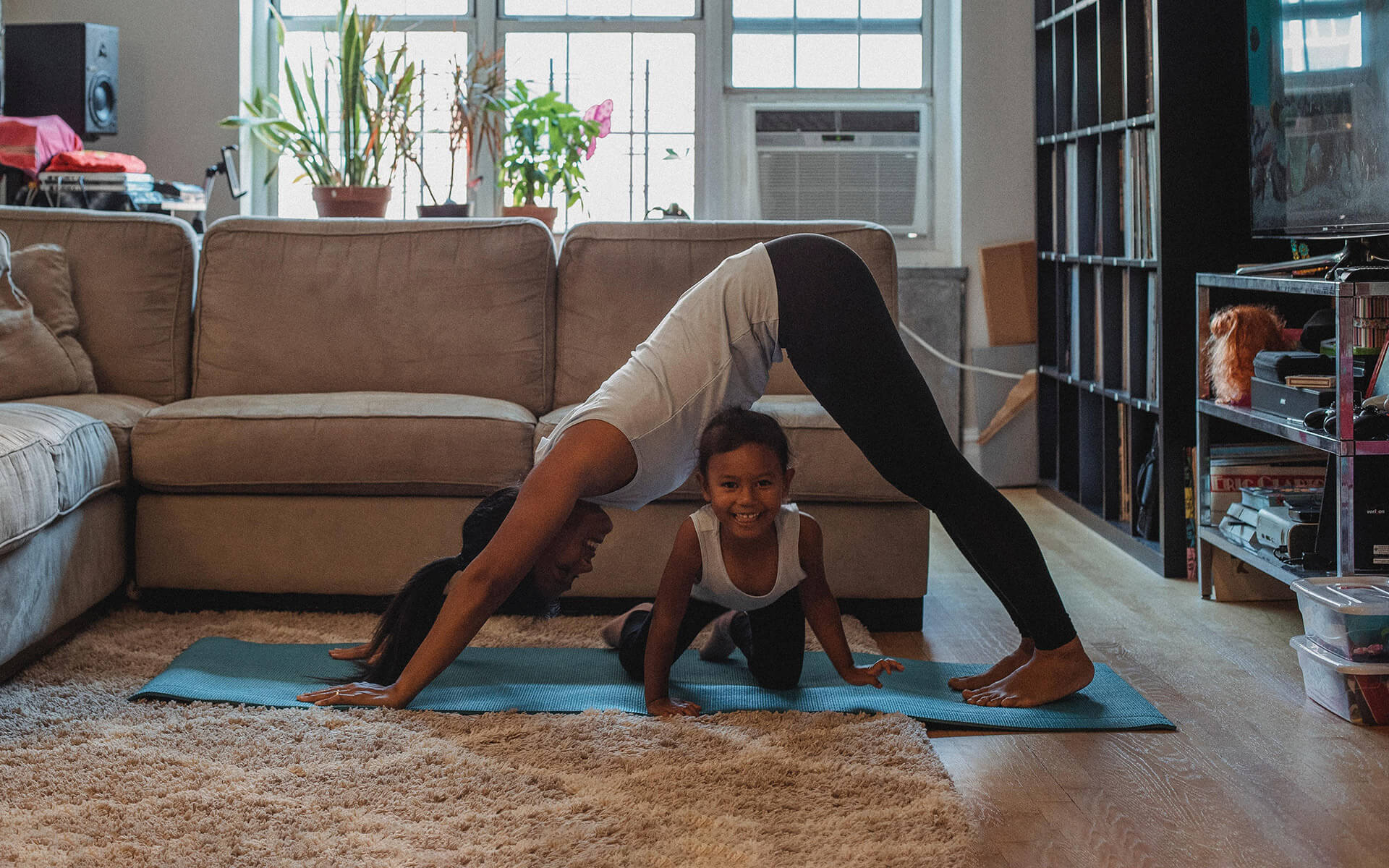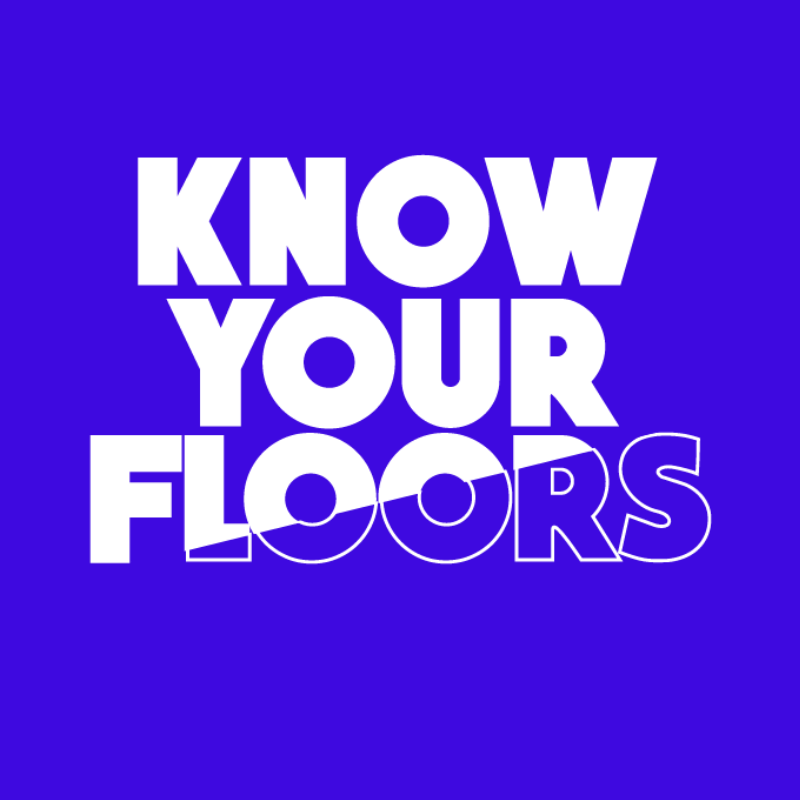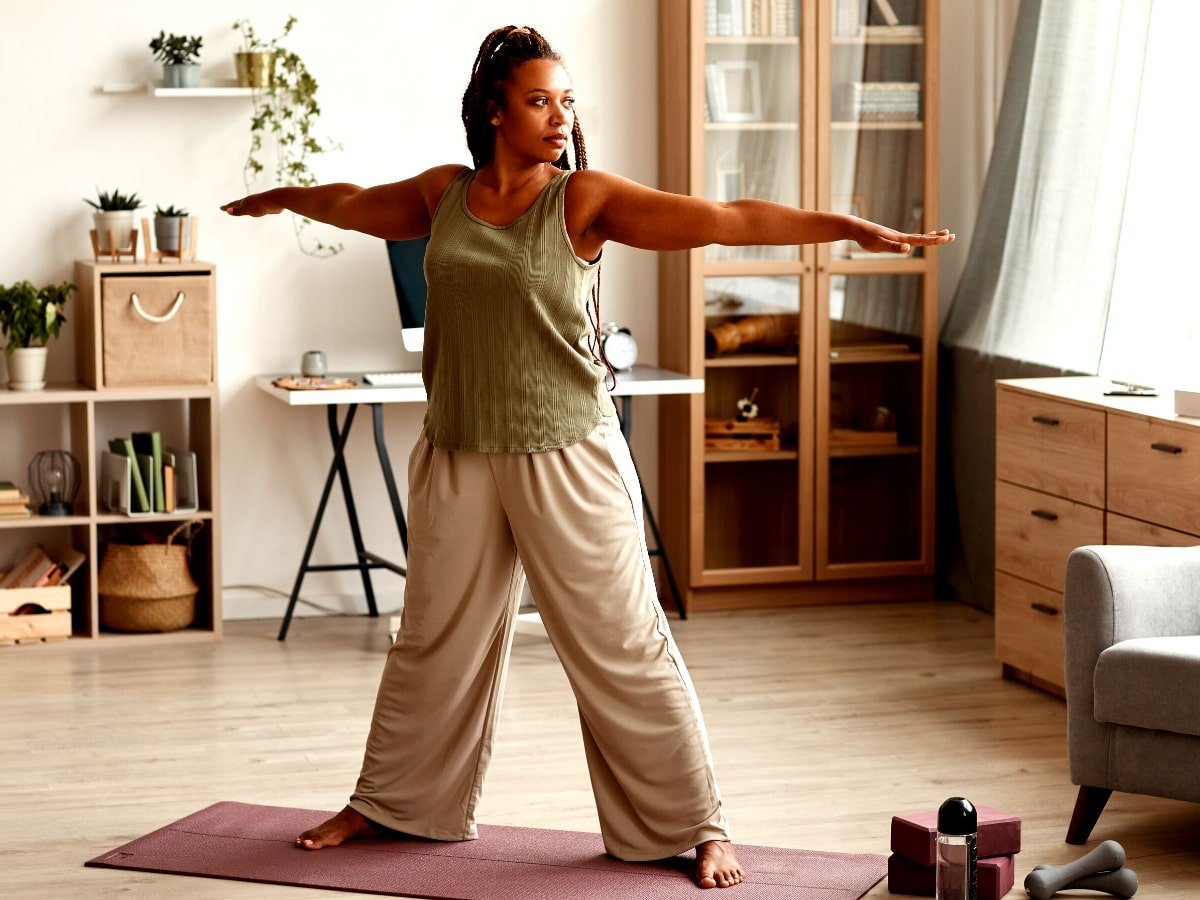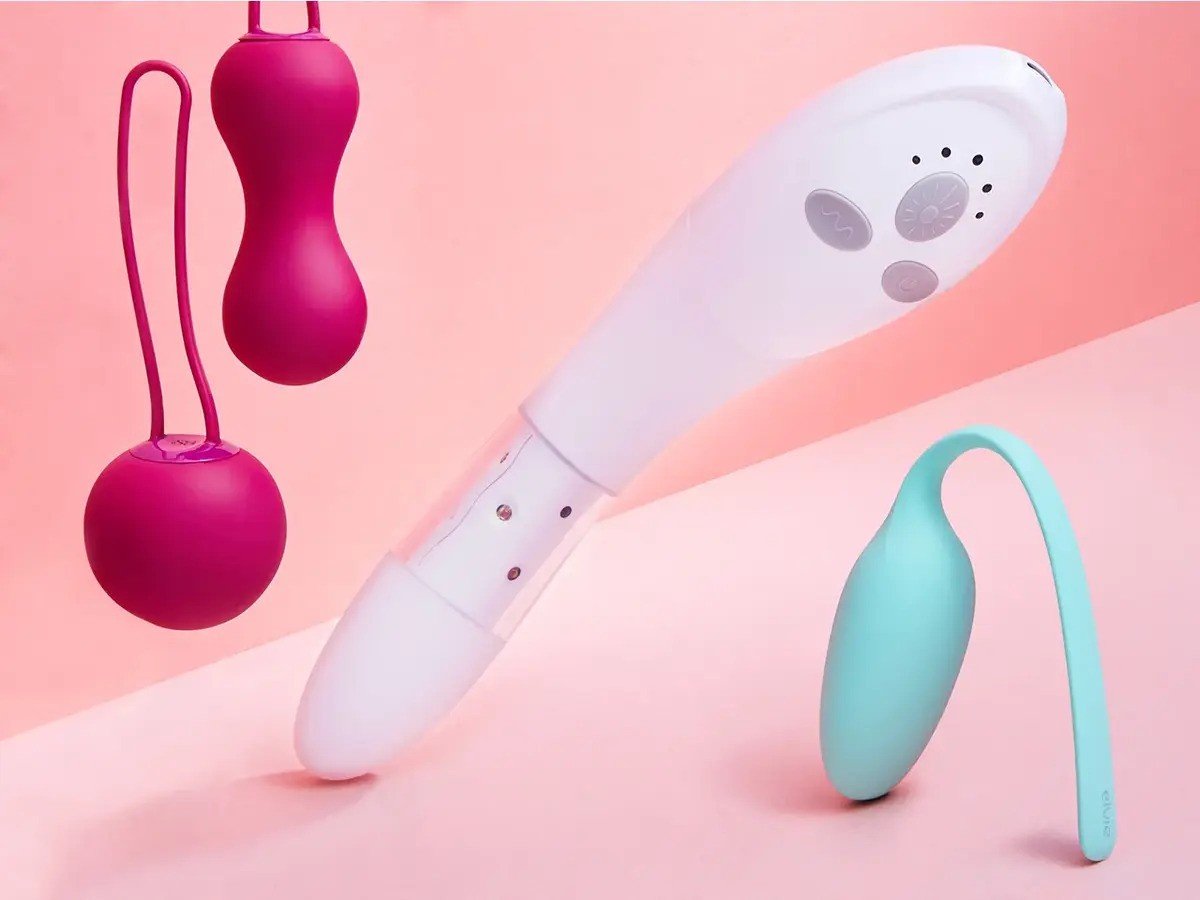Still Got Back Pain? Your Core May Not Be Doing Its Job
If you’re in your 40s or 50s and still dealing with low back pain, you’re not imagining it. Maybe you’ve tried posture tweaks, a new mattress, and yoga stretches. Maybe you’ve even been told it’s just your age, and perimenopause. But persistent, nagging back pain isn’t always about your back.
It’s often about your core — or more specifically, the deep core system that’s meant to support and stabilise your spine.
Your Core Isn’t Just Abs
This is a common misconception. Your “core” isn’t just your abs. It’s a complex system that includes:
- The diaphragm (for breathing)
- Transverse abdominis (deepest layer of abdominals)
- Multifidus (deep spinal stabilisers)
- The pelvic floor provides lift, stability, and support.
When this deep core system functions well, it manages pressure inside your body and supports every movement you make. But when it’s out of sync, your back ends up compensating, and that creates pain.
Why Back Pain Hits in Midlife
Hormonal changes during perimenopause affect muscle tone, joint stability, and collagen production. That means your body becomes more prone to pain and less able to manage the load the way it used to.
This matters because the pelvic floor and deep core muscles rely on that structure and tone for their function. When estrogen drops, these muscles may weaken or lose responsiveness, especially if they were never rehabbed after childbirth.
As a result, your spine and lower back begin to do more of the work, leading to stiffness, discomfort, or fatigue.
Symptoms You Might Notice:
- Pain in your lower back that creeps in over the day
- Discomfort when lifting groceries, kids, or laundry
- Instability or wobbliness when walking or climbing stairs
- A general sense of fatigue through your hips and low spine

The Postpartum Link You May Have Missed
If you had a baby, no matter how long ago, and you never did structured core and pelvic floor rehab, your deep core system may never have fully recovered. That’s not your fault. Most women are discharged at six weeks with little more than a mention of Kegels.
But a compromised system doesn’t correct itself with time. And when the hormonal shifts of perimenopause arrive, these weaknesses are often exposed.
That’s why your back pain may be worse now, not because you’re getting old, but because your system is asking for support.
Why Crunches and Planks Won’t Fix It
Most fitness advice focuses on visible abdominal muscles. But exercises like crunches or planks often:
- Overload the wrong muscles
- Increase intra-abdominal pressure
- Bypass the deep stabilising system entirely
\Instead of relieving pain, these moves can exacerbate it, especially if your core is not engaged.
The Right Fix for Back Pain in Perimenopause: Reconnect and Retrain
The solution isn’t harder workouts. It’s a smarter, more intentional movement that:
- Reconnects your breathing to your pelvic floor
- Restores alignment and posture to reduce pressure
- Builds reflexive core engagement, not just strength
This is exactly what the MUTU System teaches. You’re not left guessing or straining. You’re guided step-by-step to retrain your body with evidence-based, pressure-smart rehab.
MUTU focuses on:
- Full-body, low-impact movement that supports real strength
- Ribcage and diaphragmatic breathing for core activation
- Alignment techniques to relieve spinal load
- Pelvic floor engagement without clenching
Real Stories From Women Like You
“I didn’t realise how much my back was overcompensating until I started MUTU. Within weeks, I could feel the difference.”
“My posture changed, my pain reduced, and I could lift things again without tensing up.”
“I finally understood why yoga and planks weren’t helping. I needed to reconnect, not just strengthen.”
Why This Matters Now
Back pain in perimenopause doesn’t have to be your normal. You don’t need to accept it as a sign of ageing. You need to understand the system underneath it — and work with your body, not against it.
When you retrain your deep core and pelvic floor, your spine can stop overworking. You get strength, support, and ease.
Ready to Get Your Core Doing Its Job?
MUTU offers:
- Medically recommended, evidence-based rehab
- Trusted by pelvic health physios and NHS providers
- A free 10-day trial to see how your body responds
Your back wasn’t designed to carry the load alone. Let’s rebuild your core system from the inside out.
Start your free 10-day MUTU trial here.
You’re not broken. You’re just ready to reconnect — and feel strong again! 💪🏽




